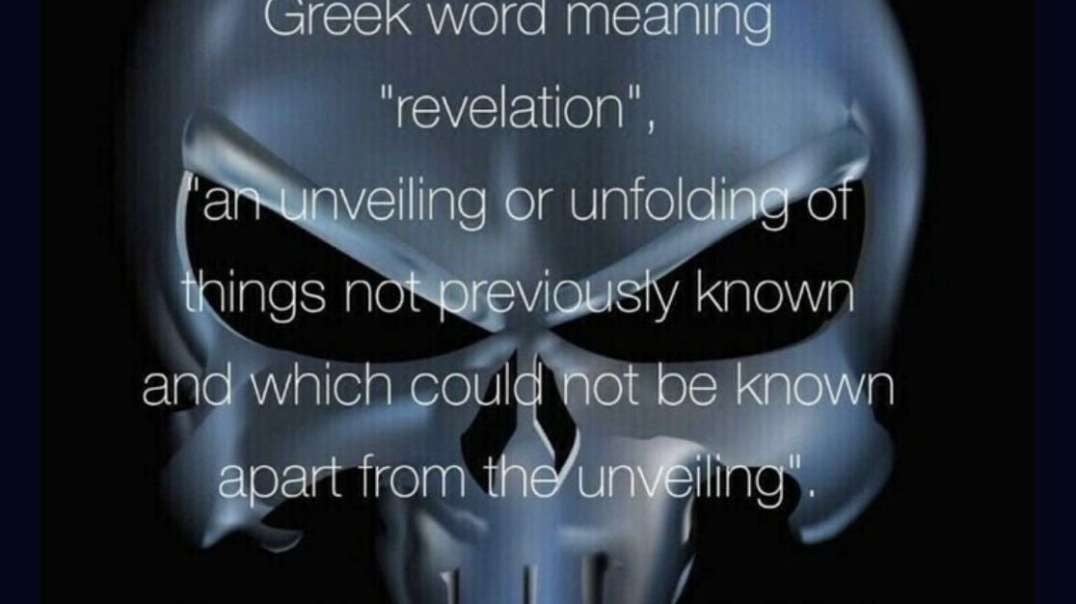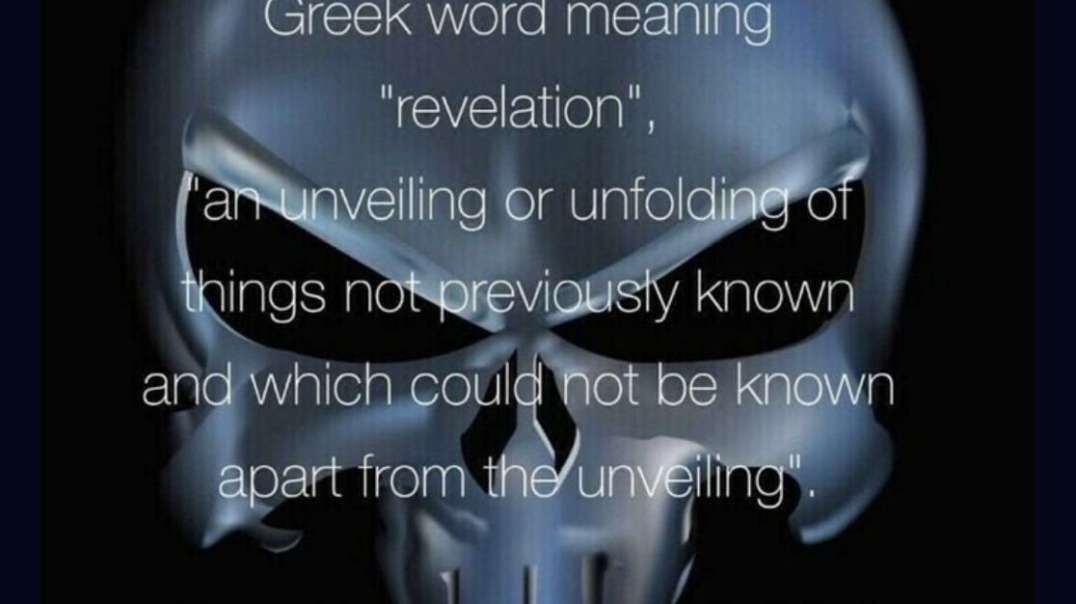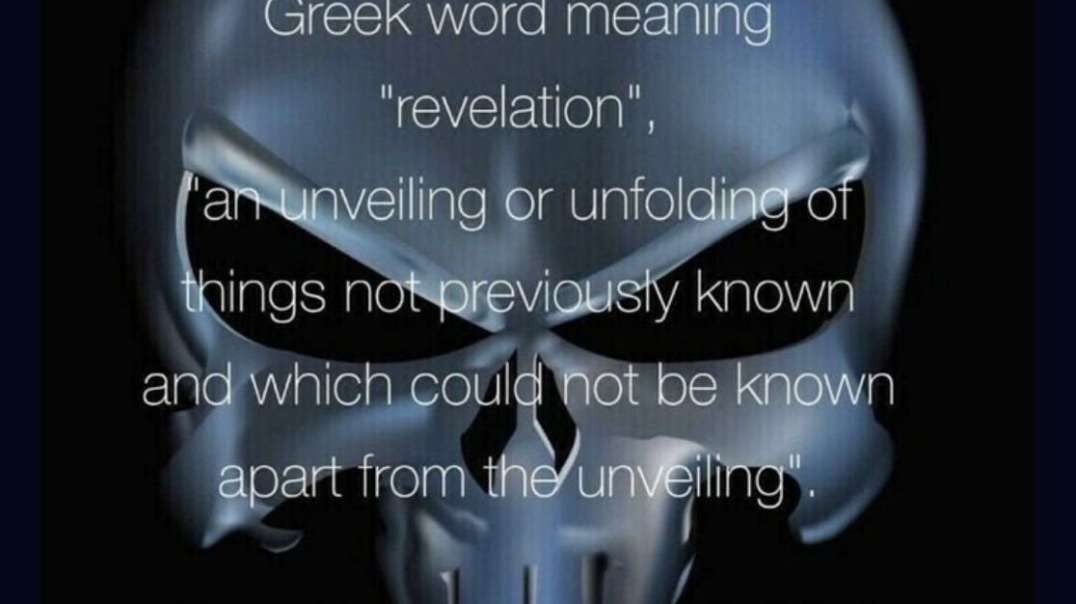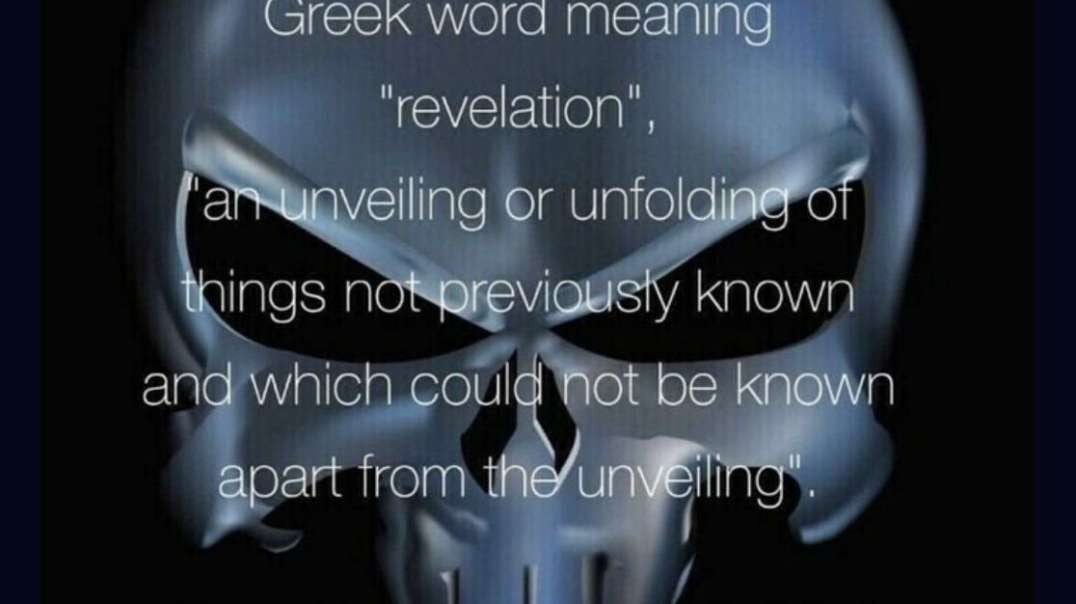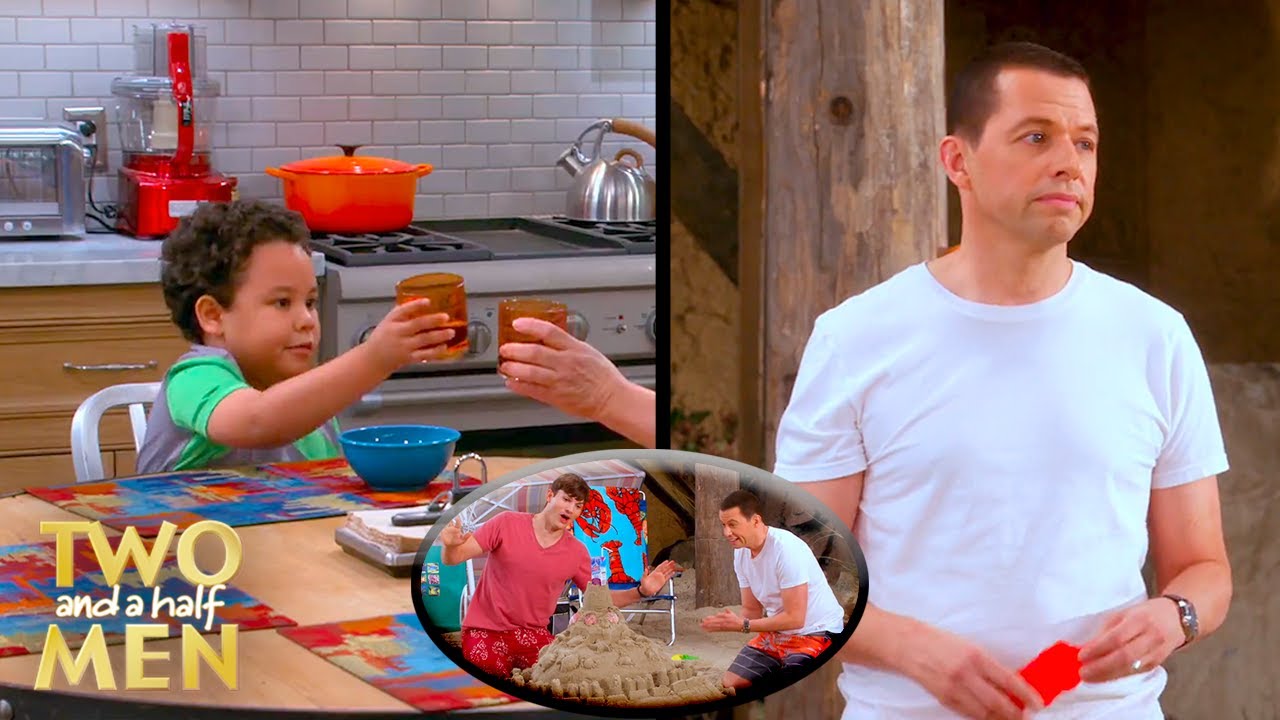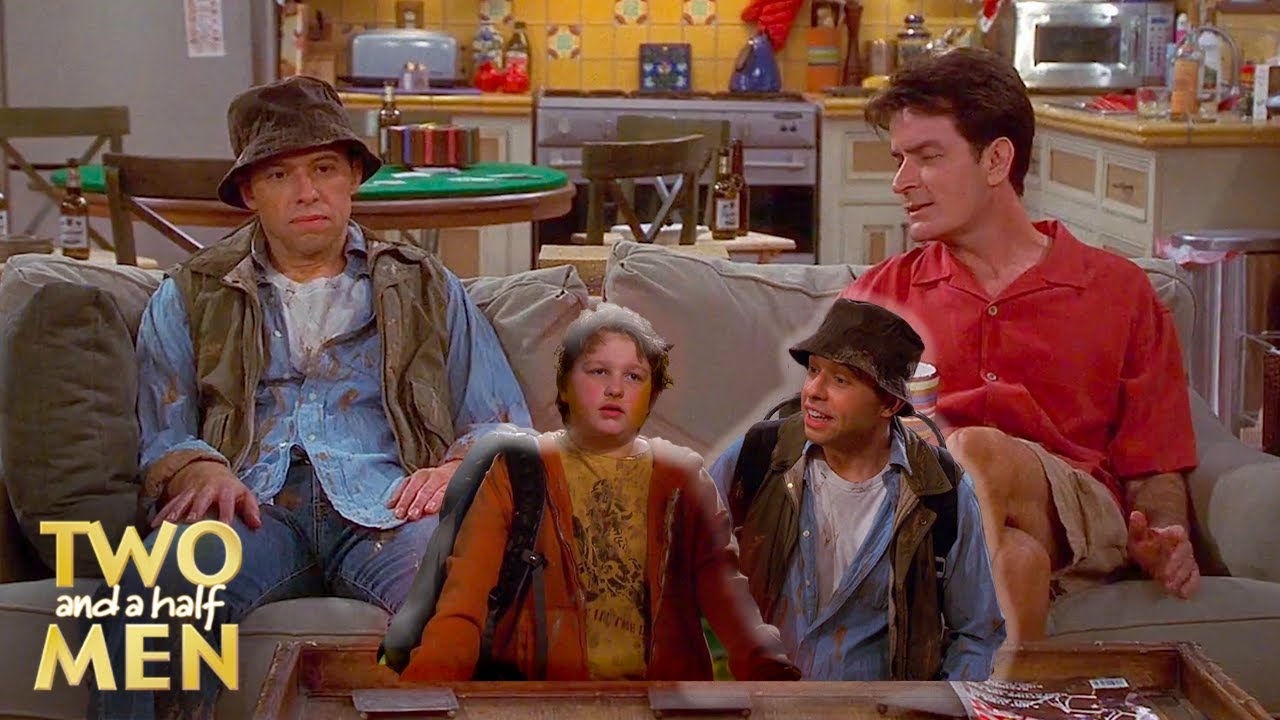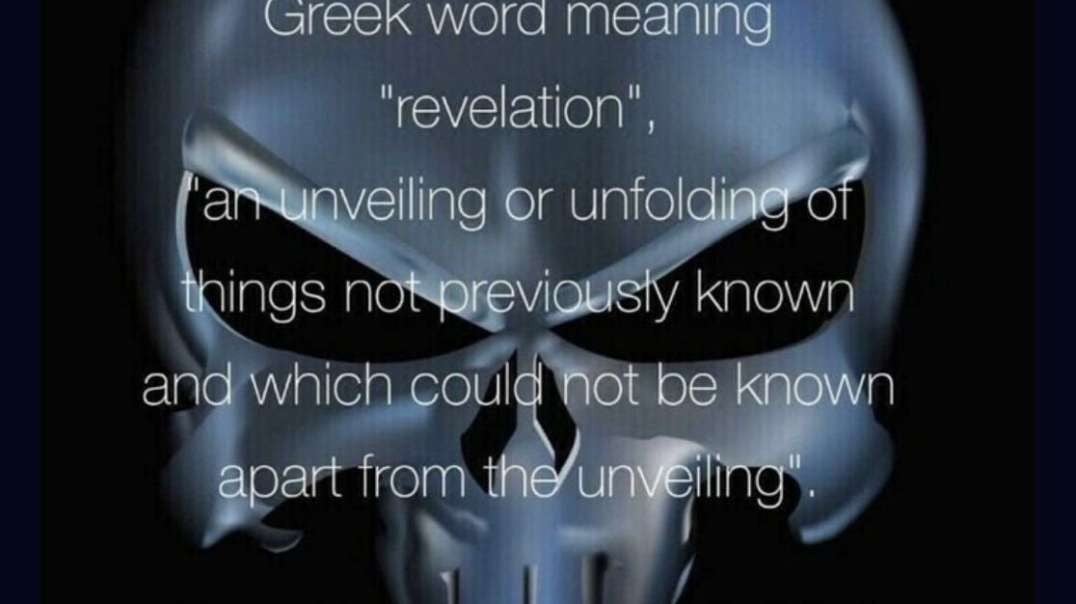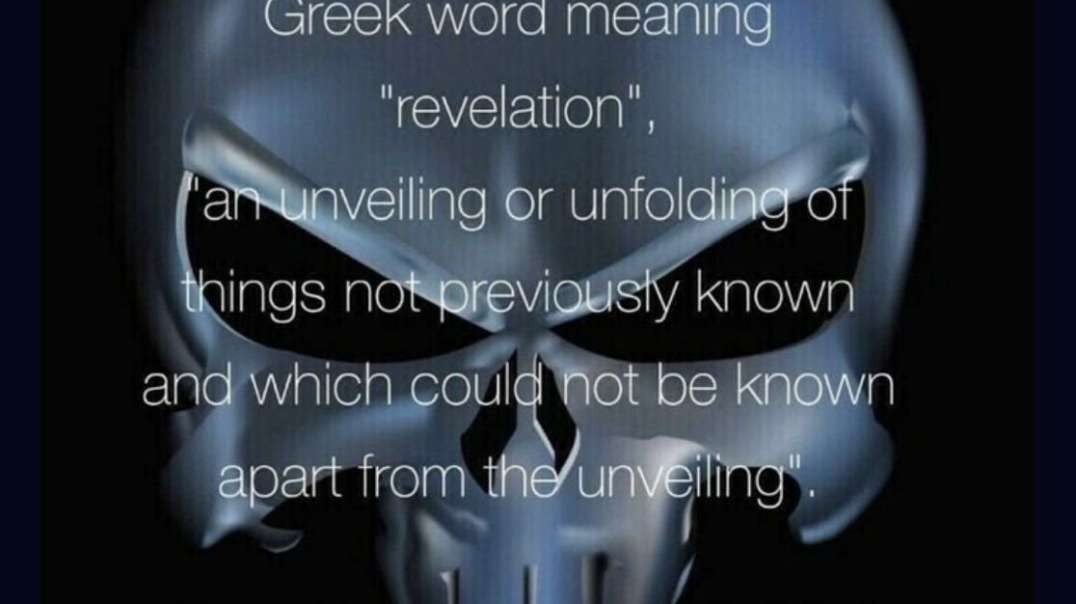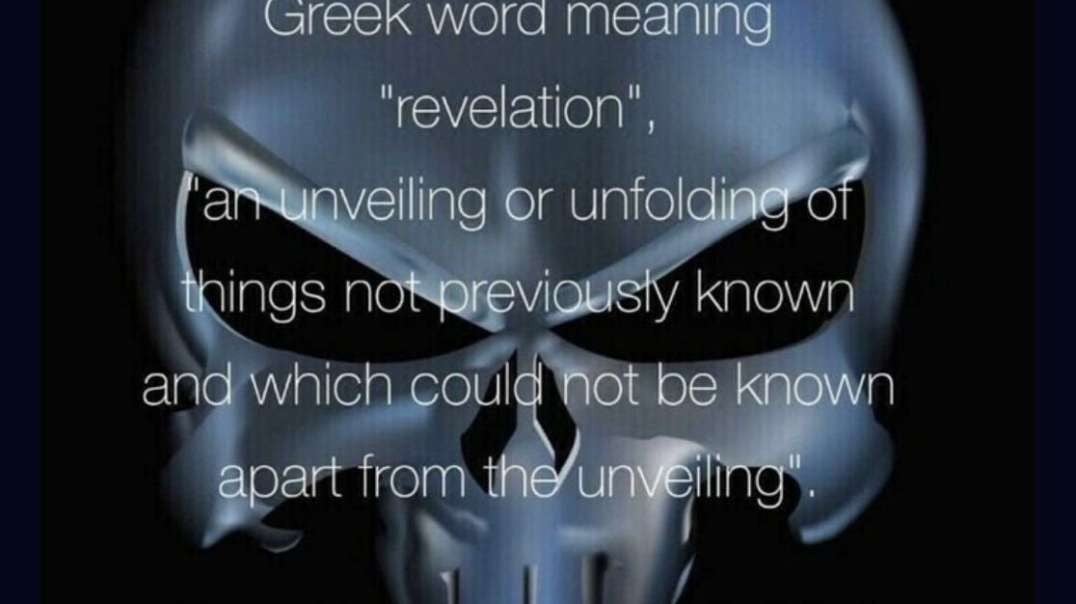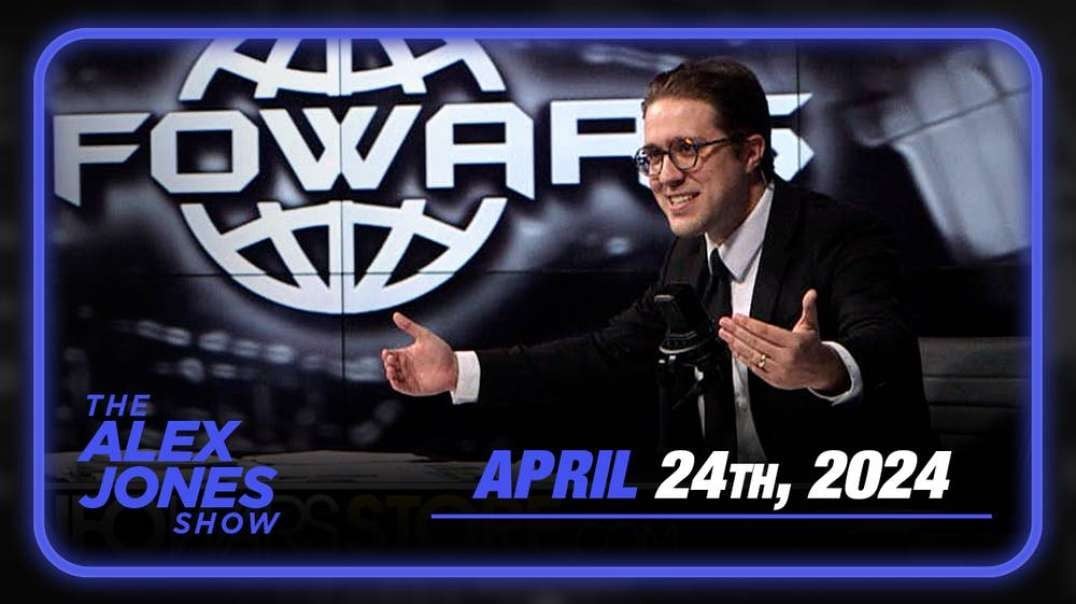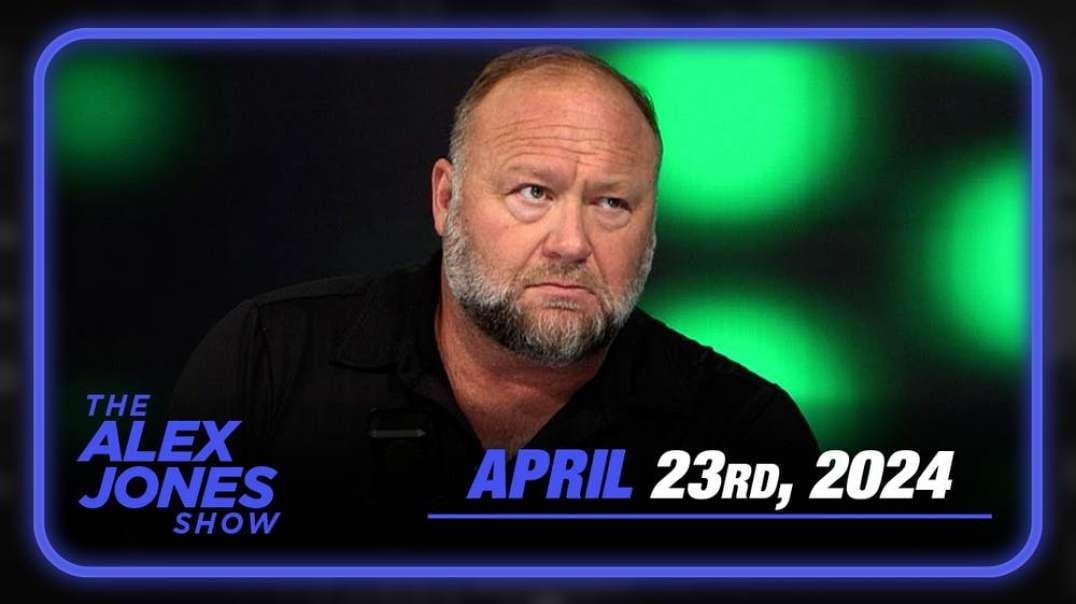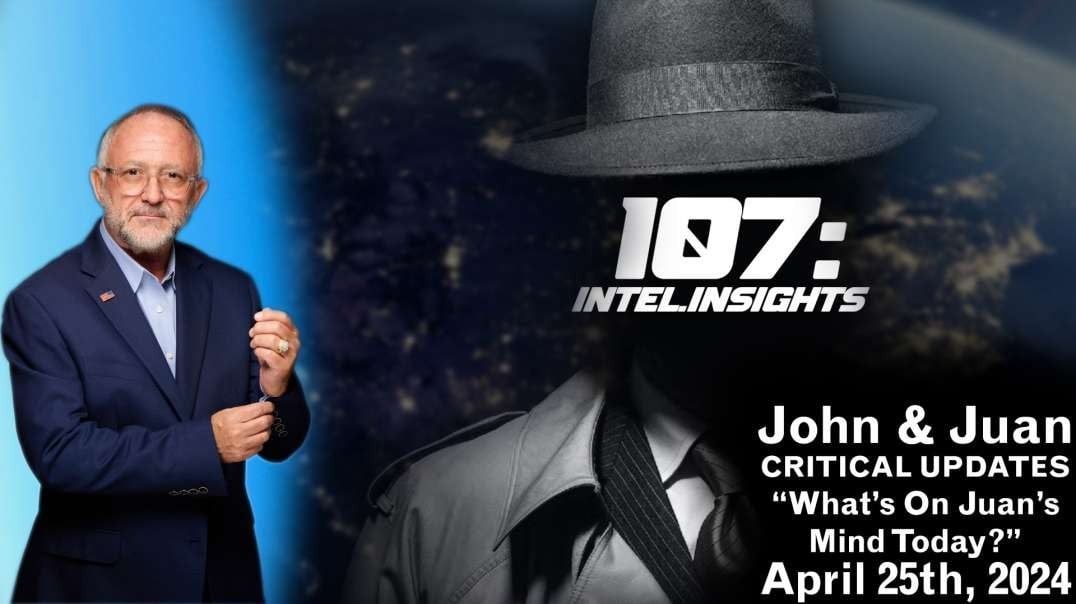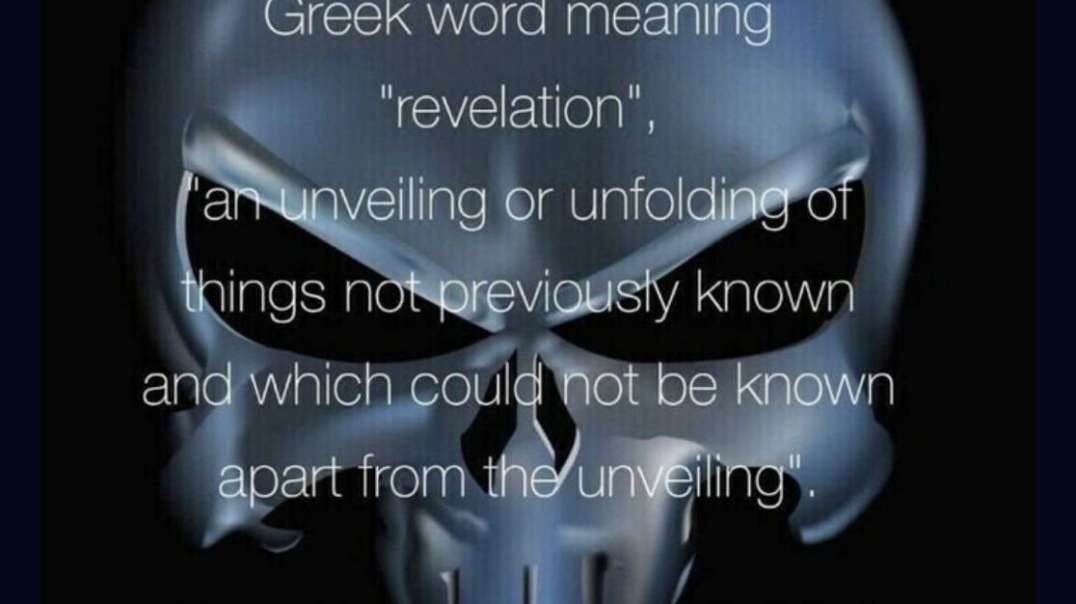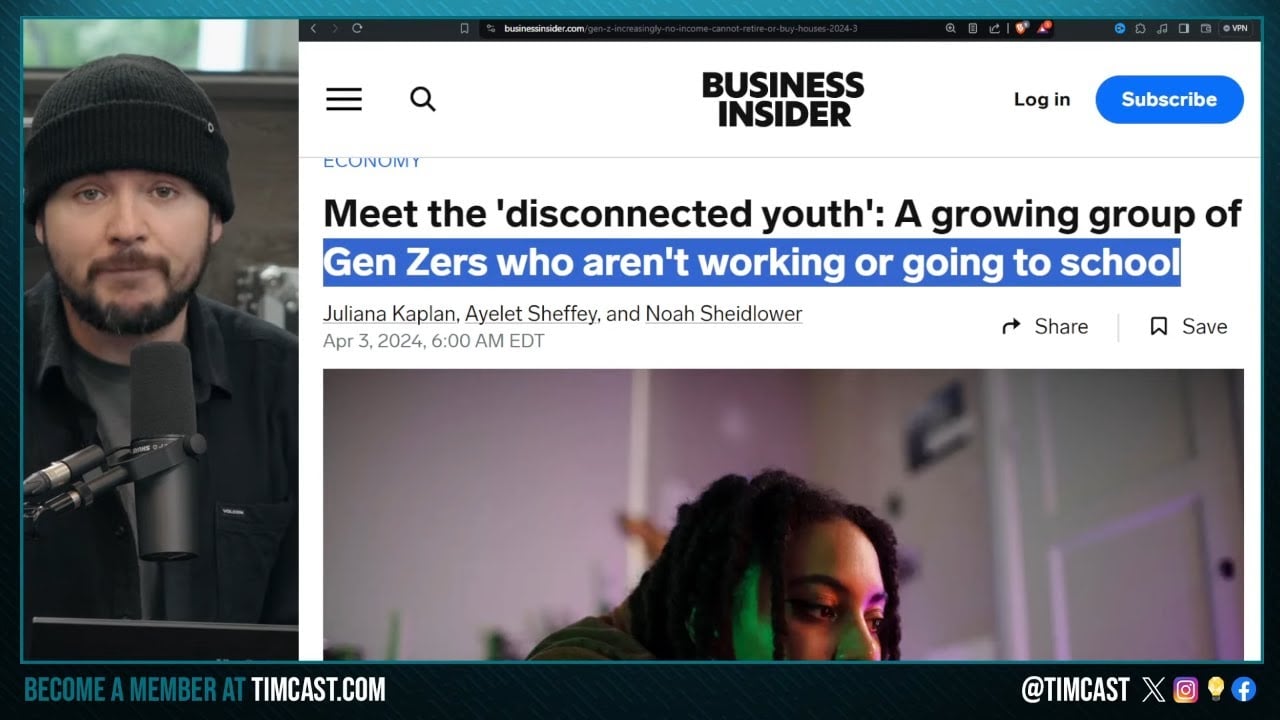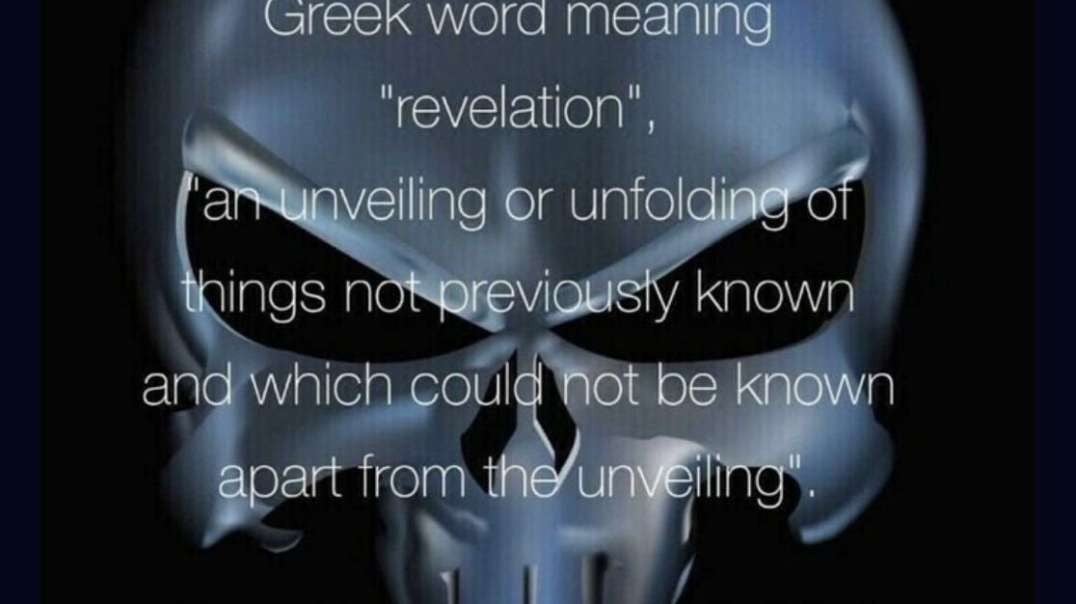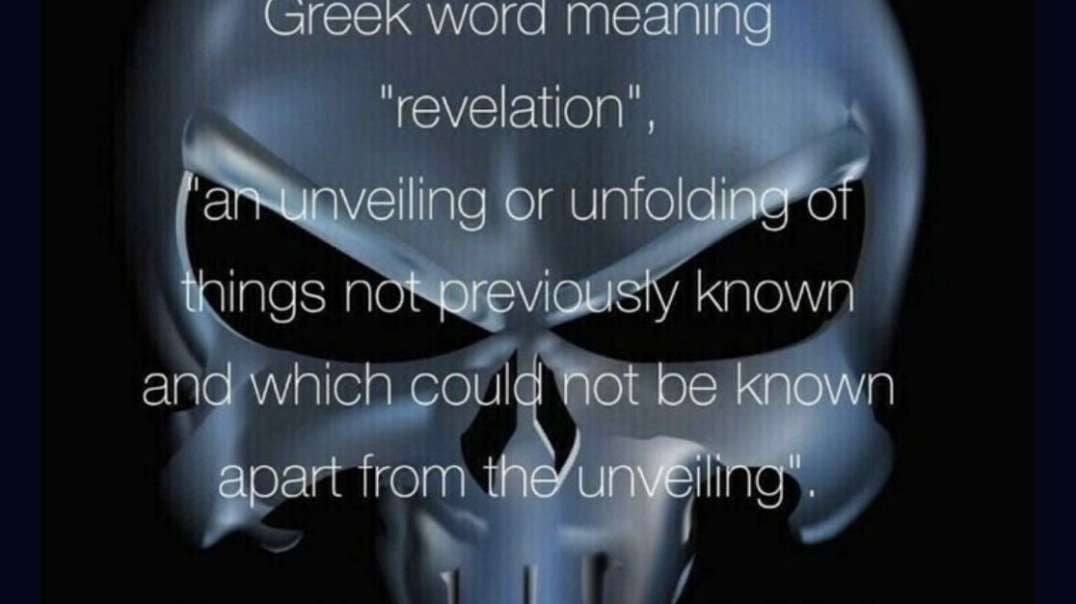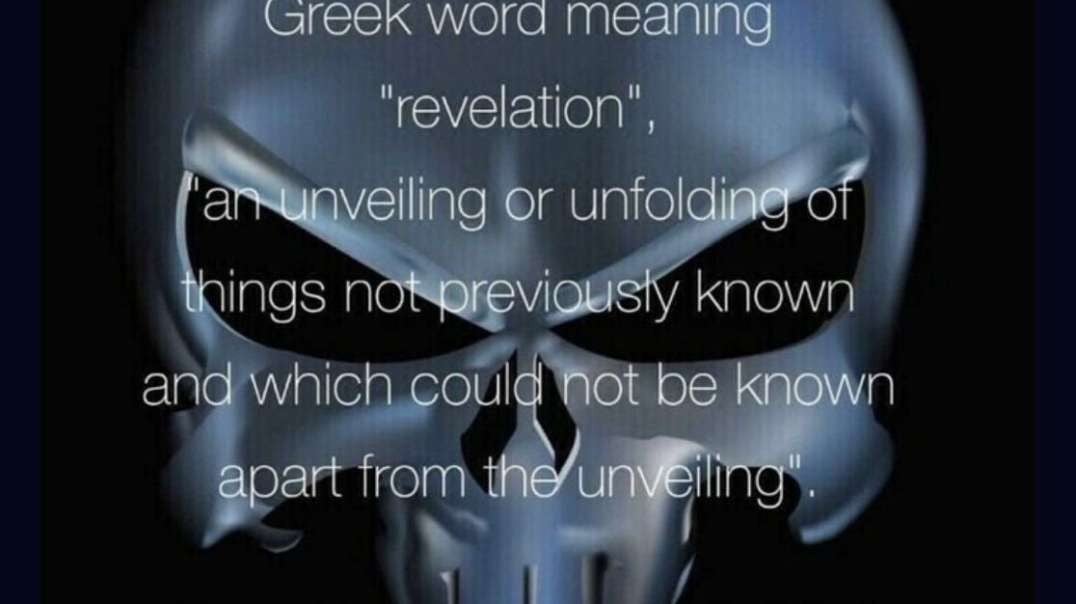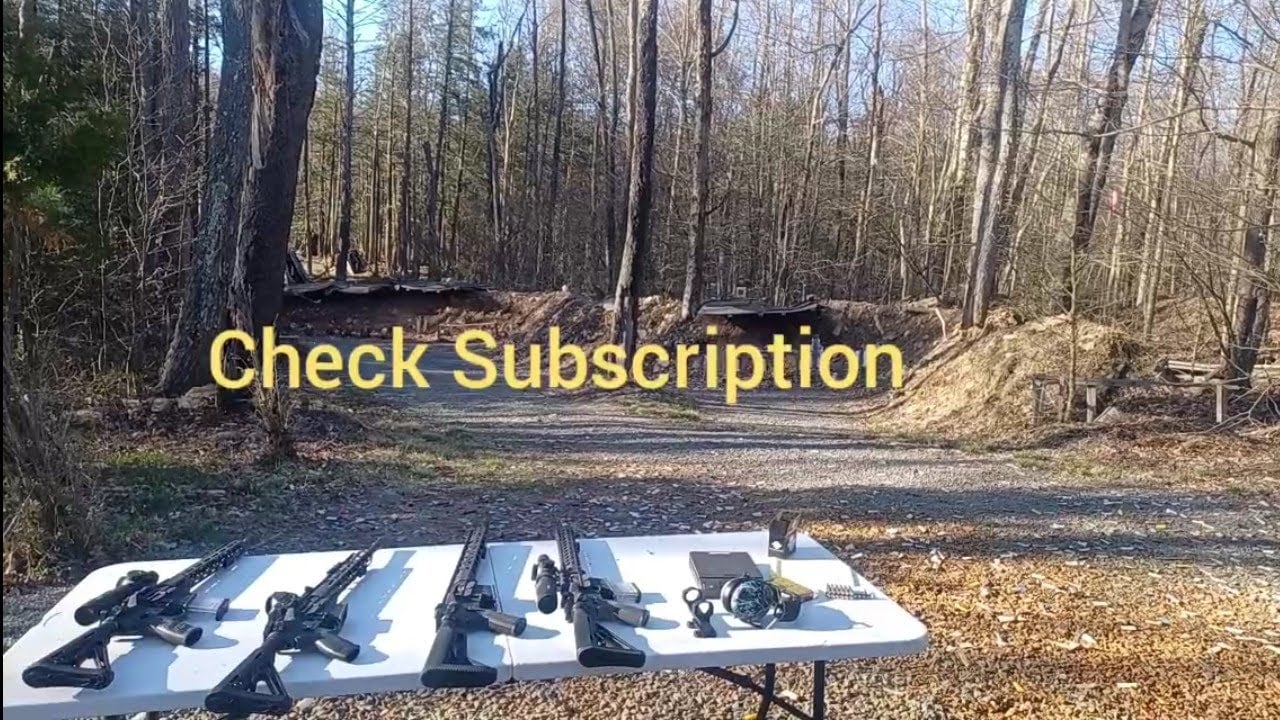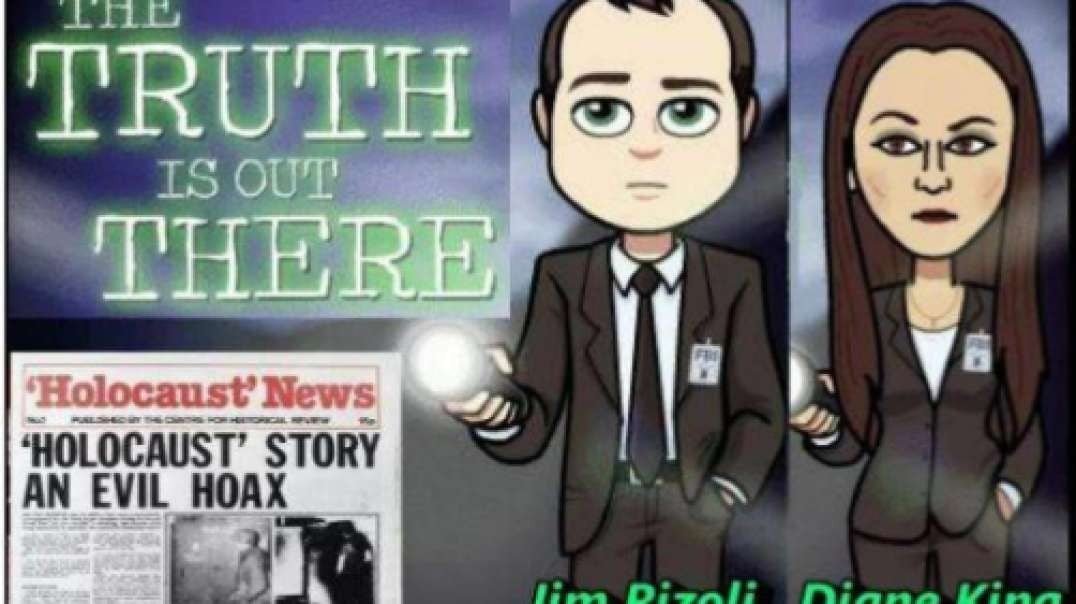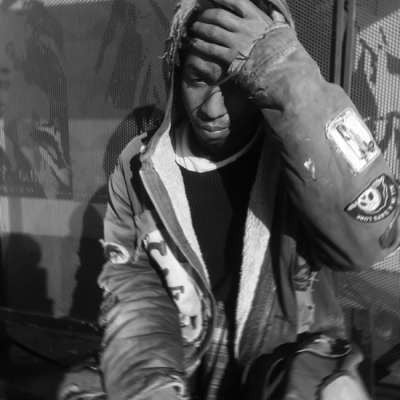“COMPUTERS AND HUMAN BEHAVIOR” 1962 PSYCHOLOGICAL RESEARCH EXPERIMENTS W/ DIGITAL COMPUTERS XD11774
Join this channel to get access to perks:
https://www.youtube.com/channel/UCddem5R
Want to learn more about Periscope Film and get access to exclusive swag? Join us on Patreon. Visit https://www.patreon.com/PeriscopeFilm
Visit our website www.PeriscopeFilm.com
Produced in 1963, "Computers and Human Behavior" was part of a series called "Focus on Behavior". It was produced by Mitchell Grayson and directed by Grayson and Gilbert Compte. The film discusses psychological research then being conducted at the Carnegie Institute of Technology to evolve new theories about mental processes. Dr. Bert Green shows experiments with the perception of motion and depth, Dr. Herbert Simon uses a computer to present a theory of memorization, and Dr. Allan Newall shows how a computer revealed a new theory about human problem solving.
This film opens with a scene of an older man and young boy working on a solution for a problem (:25). This is compared to an IBM electronic digital computer (:39). Psychologists sought to use computers to aid in understanding the human mind (:58). Main titles (1:16). Host John Darley, Ph.D., Executive Officer of the AMA. At the Carnegie Institute of Technology in Pittsburg, a group of scientists were working to explore the new frontier of psychological research. One of these scientists is Dr. Allan Newell (2:20); the institute professor of Systems and Communications Sciences. Dr. Herbert Simon; the Associate Dean of the Graduate School of Industrial Administration and Professor of Psychology (2:28), and Dr. Bert Green (2:34); the head of the Department of Psychology. An IBM computer system (2:45). Scientists work on the statistical analysis of experimental data (2:55). Some of the electronic systems are used to produce visual displays for experiments in visual pattern detection (3:28). Stationary dots are set into motion to show the depth of the image (4:02). Another computer plays tunes for an experiment on auditory perception (4:21) conducted by Dr. Benjamin White of MIT (4:24). Dr. White listens to the recorded distorted tunes (4:58). The computer system is also able to aide psychologists in developing new theories on human behavior (5:52). The narrator compares the computer to an abacus (6:04) and a desk calculating machine (6:07) Electronic computer systems have the ability to perform simple math equations (6:13). Basic elements of the computer consist of circuits (6:26) which are made up of vacuum tubes or transistors (6:28). A lightbulb is used to demonstrate (6:35) how a computer reacts to being turned on or off. The film then shows an experiment in human memory using the method of paired associates (8:30). This study uses nonsense syllables (9:41) as words like ‘ril’ and ‘pem’ flick on. The subject begins to memorize the syllables correctly here (10:02). The same study is conducted with the computer system (10:40) as it is given the problem of matching syllables. The film takes a closer look at the results (11:09). The theory of human rote learning is called EPAM (Elementary Perceiver and Memorizer) which was devised by Dr. Feigenbaum (11:33) and Herbert A. Simon. Herbert turns to show what a computer program would do if presented with a chosen stimulus (12:26). A computer theory which explains complex mental processes which are used to help man solve problems is known as GPS (15:29). This is looked at the Carnegie Institute by Dr. Allan Newell (15:42) where it was initially developed by Allan and Dr. Herbert Simon. A young boy sorts through white and black blocks during an experiment (16:51). This experiment called for use of complex integrated behavior (19:17). The General Problem Solver (GPS) is then given the same problem which was previously given to the young boy (20:50). The record of what GPS had done while solving the problem is known as the trace of the program (21:42). Herbert points out the various symbols and rules the GPS used while working to solve the problem (21:45). He then turns to show viewers what the computer’s short hand translates into (21:53). Herbert demonstrates how the computer works to complete the pattern (23:47). The GPS program kept it’s three goals in it’s memory throughout the process (24:10). The film turns back to the experiment with the young boy named Billy and the moment when Billy had decided to forego the rules and set the blocks anywhere which the computer cannot do (25:01). Narrator returns to explain the innovations which the American Psychology Association has been able to uncover through this research (26:56). The film was a Mayer-Sklar presentation (27:36). Made under a grant from the National Science Foundation (28:25).
This film is part of the Periscope Film LLC archive, one of the largest historic military, transportation, and aviation stock footage collections in the USA. Entirely film backed, this material is available for licensing in 24p HD, 2k and 4k. For more information visit http://www.PeriscopeFilm.com
